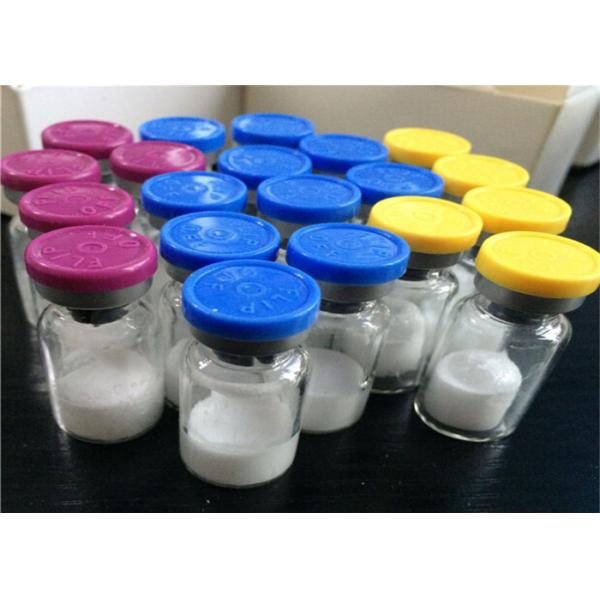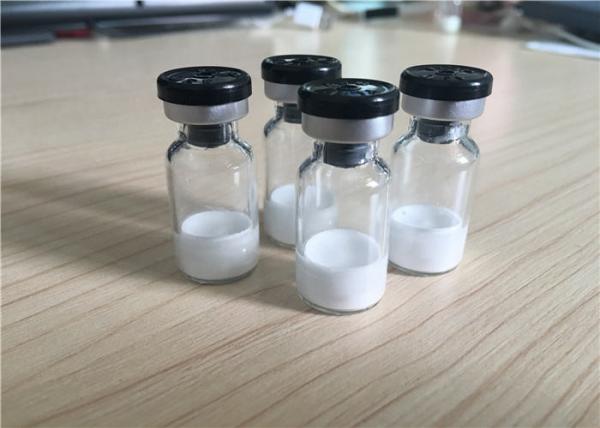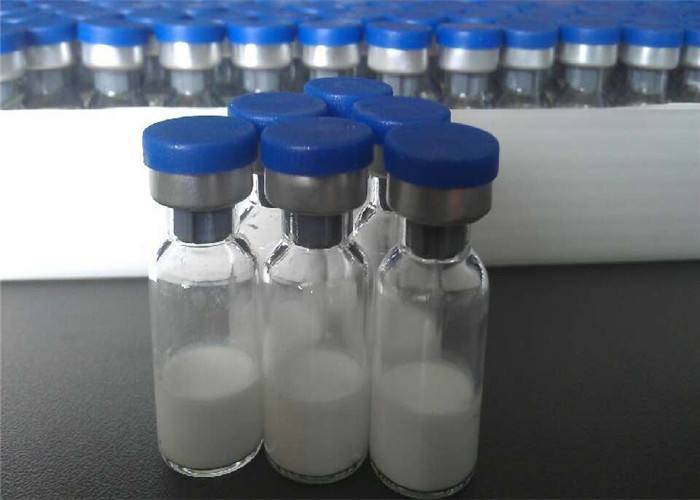Muscle Growth Hormone Peptides Bodybuilding Follistatin 315
Abstracto
nombre del producto :Folistatina 315
Also known as Follistatin 315, FS315
Apariencia:White Freeze-Dried Powder or lyophilized Powder
Estándar:Farmacéutico
Pureza: Not Lower Than 95.00%
Application Type:Inyección
Supplying Form:Lyophilized Powder In Vials already. 1mg / vial
Folistatina 315 Formulation
Lyophilized from a concentrated (1mg / ml) solution containing no additives.
Folistatina 315 Descripción:
Follistatin also known as activin-binding protein is a protein that in humans is encoded by the FST gene. Follistatin is an autocrine glycoprotein that is expressed in nearly all tissues of higher animals.
Folistatina 315 was originally discovered as activin antagonists whose activity suppresses expression and secretion of the pituitary hormone FSH (hormona estimuladora folicular). Además de ser un antagonista natural, follistatin can inhibit the activity of other TGF-Beta ligands including BMP-2,-4,-6,-7, miostatina, GDF-11, y TGF-Beta1.
Folistatina 315 is expressed in the pituitary, ovarios, decidual cells of the endometrium, y en algunos otros tejidos. Recombinant human Follistatin 315 is a 34.7 kDa protein containing amino acids 30-344 of the FST-344 protein.
Follistatin and Muscle Growth:
Follistatin works by binding to and inhibiting transforming growth factor- (TGF-) peptides such as myostatin which is responsible for regulating and limiting muscle growth. It’s also worth pointing out that myostatin may have a regulatory role in skeletal muscle fibrosis; too much myostatin can impair tissue function and cause chronic disease in vital organs, tissues, and bone marrow. In additional to suppressing the degenerative properties of myostatin, follistatin also suppresses the pituitary gland synthesis and secretion of follicle-stimulating hormone (FSH). [1] High FSH levels in men may indicate that testicles are not functioning correctly; this condition limits muscle growth, recovery, and normal hormonal function.However, FSH levels that are too low can also negatively impact health and reproductive capabilities.













 Gerente de ventas
Gerente de ventas